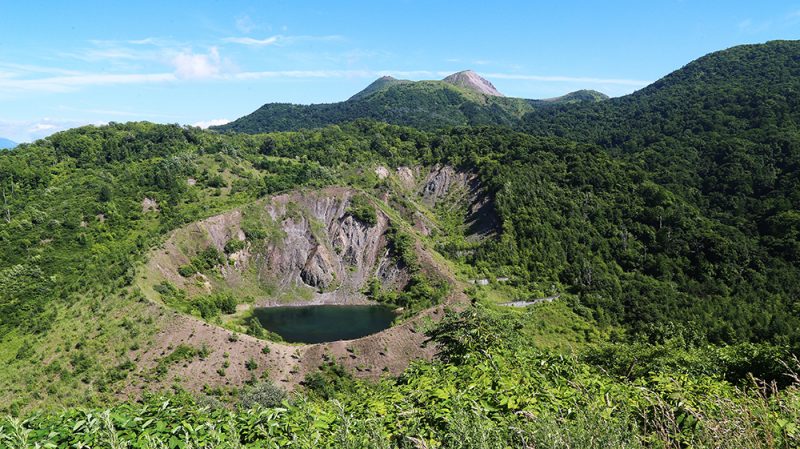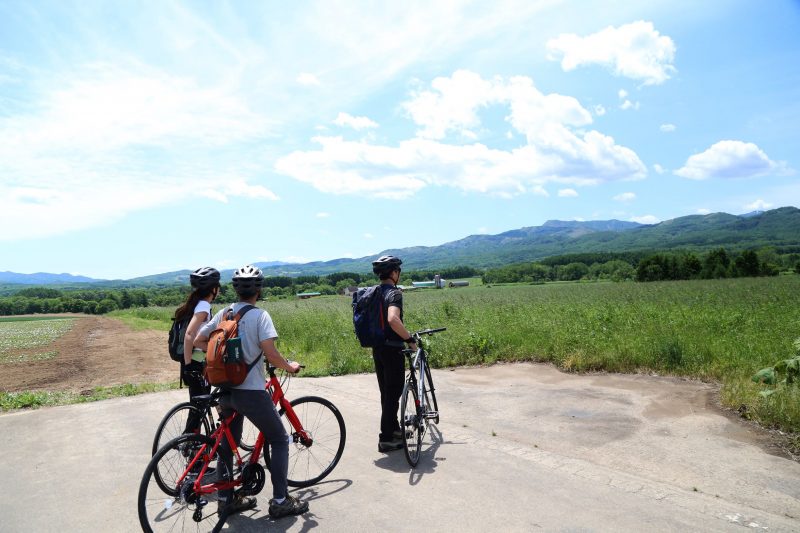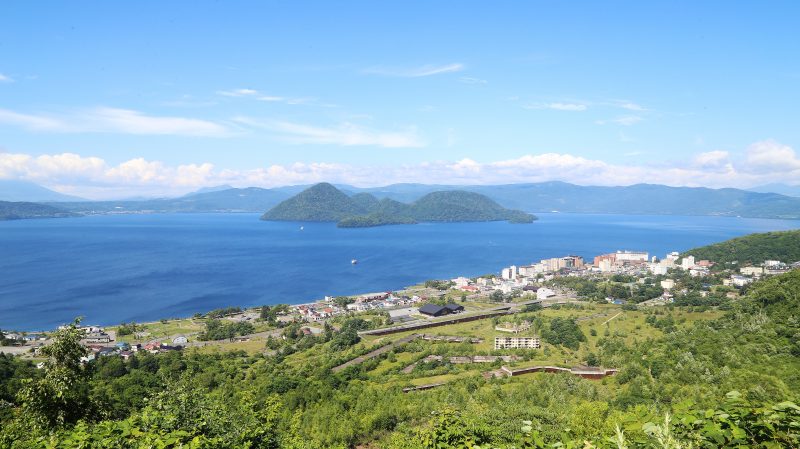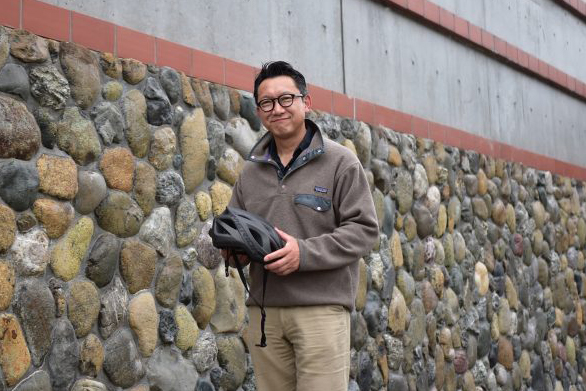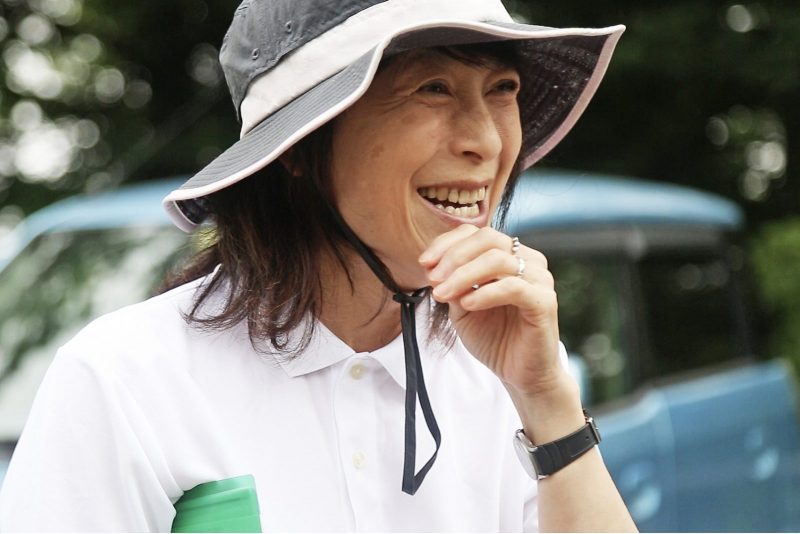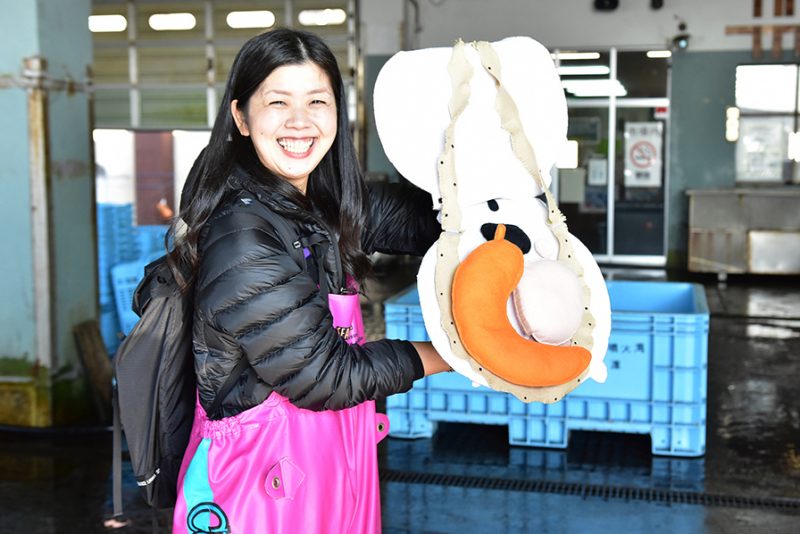- Activity Level
Discover the Life with Volcanoes- Walking & Cycling
In this 5-day tour, we will step into the Toya-Usu UNESCO Global Geopark and Kuromatsunai town to get an idea of how to live in harmony with volcanoes. Japan, where hills and mountains occupy more than 70% of the country, is one of the countries with the most volcanoes in the world. In this area, people have been living together with volcanoes since ancient times.
Our journey starts with Upopoy National Ainu Museum and Park, which works as a national center for learning about and promoting Ainu history and culture. The Ainu are indigenous people from the northern region of the Japanese archipelago, particularly Hokkaido. A visit to Upopoy offers us a glimpse of the traditional ways of the Ainu culture and the lives in harmony with nature.
The next destination is Mt. Usu, which is in the Toya-Usu UNESCO Global Geopark, known as an active volcano that erupts every decade. Ainu people and later “wajin” (Japanese from the main island) have lived alongside the volcanoes in this area. What distinguishes this area are tours guided by locals knowledgeable about volcanoes. The guide pass on to travelers and the next generation both their memories and experiences of eruptions and the wisdom of disaster mitigation. In light of this, the site has earned high acclaim and has been designated as a UNESCO Global Geopark.
The following day, we will know more about the life with volcanoes in Usu and Toyoura area along the volcano bay called “Funkawan Bay.” Finally, we will spend two days in Kuromatsunai town to go deeper into the life harmony with nature in this area by cycling and canoeing.
In this tour, we will enjoy the gifts from the volcanoes which are delicious food, hot spring, the beautiful scenery, and thinking of our home which, is the earth.
Suttsu town, Kuromatsunai town, Toyoura town, Sobetsu town, Shiraoi town, Toyako town
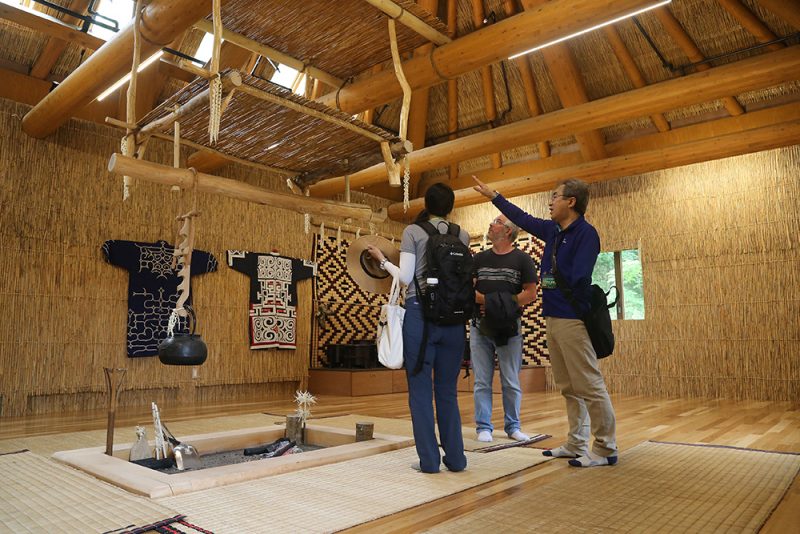
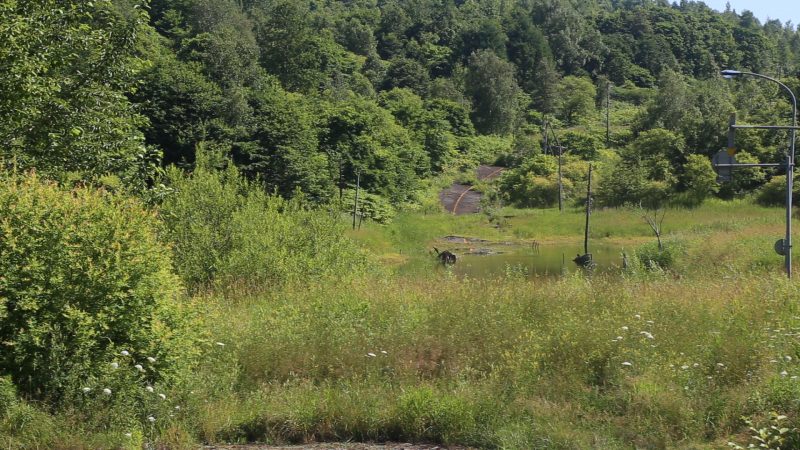
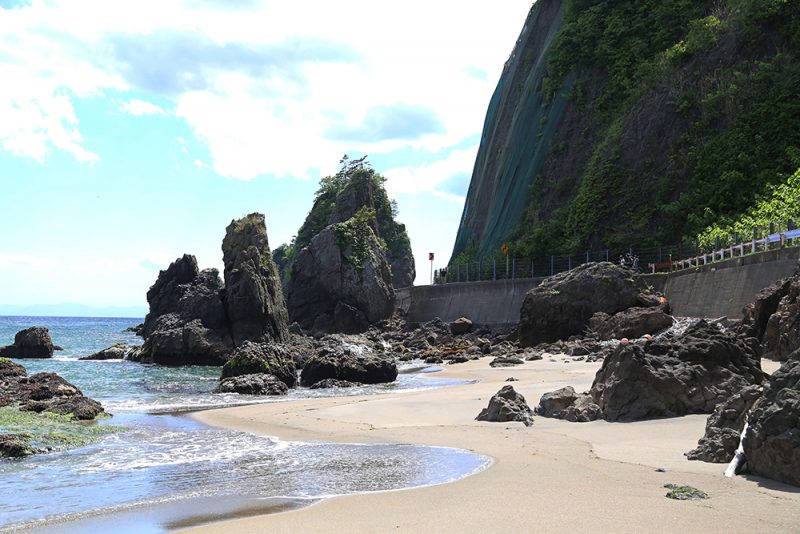
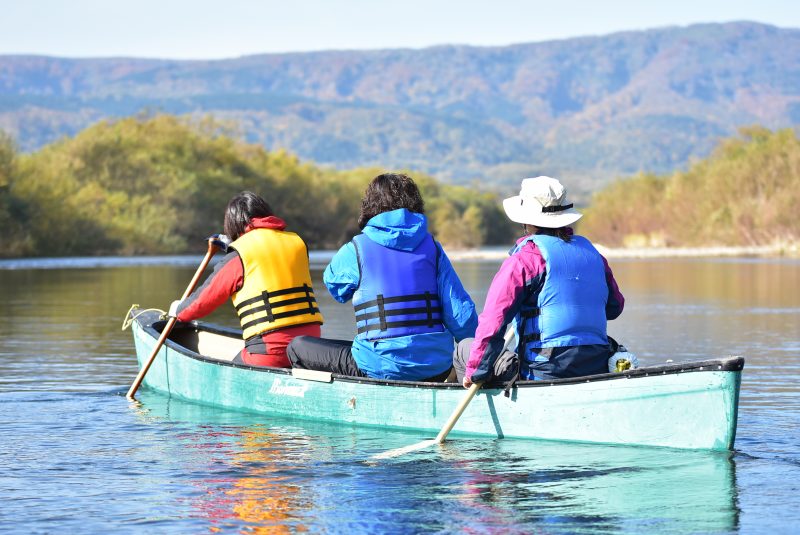
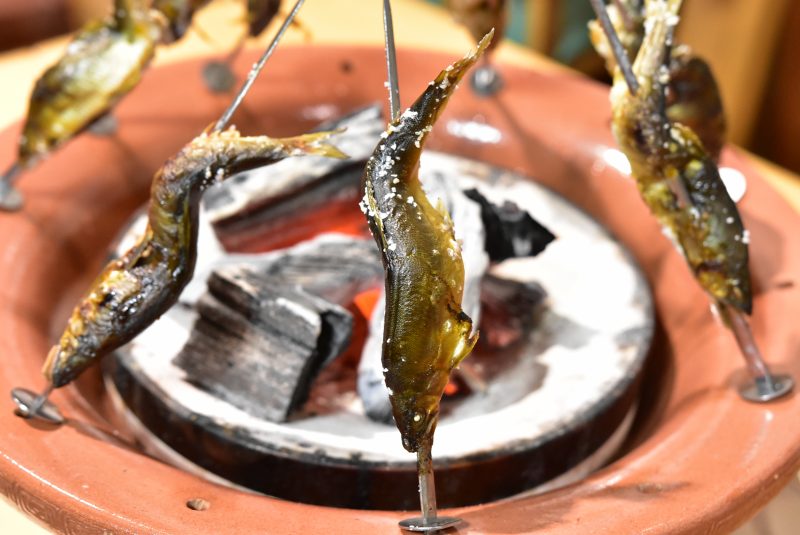
People you’ll meet
No. EM000023 Discover the Life with Volcanoes- Walking & Cycling
| Area | Suttsu town, Kuromatsunai town, Toyoura town, Sobetsu town, Shiraoi town, Toyako town |
|---|---|
| Length | 5 days |
| Price | Please contact us |
| Season | May - October |
| Group size | Minimum: 4 Maximum: 10 |
| Activity level | 2* |
| Activities | • Natural walk • Cycling • Canoeing |
| Meeting point | Upopoy (National Ainu Museum) |
| Price includes | • 4 nights accommodation • Meals( 4 breakfasts, 4 lunches, 4 dinners) • All the activity fees mentioned in the itinerary • All transport as described in the itinerary • Snacks and refreshments • English speaking Japanese guide(s) • Insurance • Spare parts and mechanic services • Support vehicle(s) |
| Clothing | • Warm/ Wind proof/ Waterproof jacket • Trekking shoes • Comfortable and moveable clothing |
| Items to bring | • Backpack • Water bottle • Rain gear • Sunscreen • Sunglasses |
Traveler’s Digest
DAY 1

We will meet at Upopoy National Ainu Museum and Park at 1:00pm. Once everyone is together, we will spend some time getting to know each other and the program for our upcoming adventure before entering Upopoy.
“Upopoy” comes from the Ainu language meaning “singing in a large group.” In this museum, we will get an idea of how to live in harmony with nature through Ainu culture. Nature has been a significant source of inspiration for the Ainu language, beliefs, and lifestyle deeply rooted in Hokkaido’s culture. Many place names in Hokkaido are derived from the Ainu language. After spending 1.5 hours at Upopoy, we hop on a van and drive up to Lake Toya for 1 hour.
We will meet Ms.Egawa, The Toya-Usu Volcano Meister under the Toya-Usu Volcano Meister System, and visit at Toyako Visitor Center/Volcano Science Museum, which featured a gigantic aerial photo spread on the floor. We will get sight of the area surround Mt. Usu and ready for tomorrow’s ruins trail hiking. We will walk along the lake to the hotel for a short distance while getting to know about Lake Toya.
The hotel faces Lake Toya, and we can see an active volcano Mt. Yotei, which is known as Mt. Fuji of Hokkaido, over the lake. Lake Toya onsen town is known for several different hot springs (onsen) thanks to volcanos, so please make yourself at home with onsen.
DAY 2
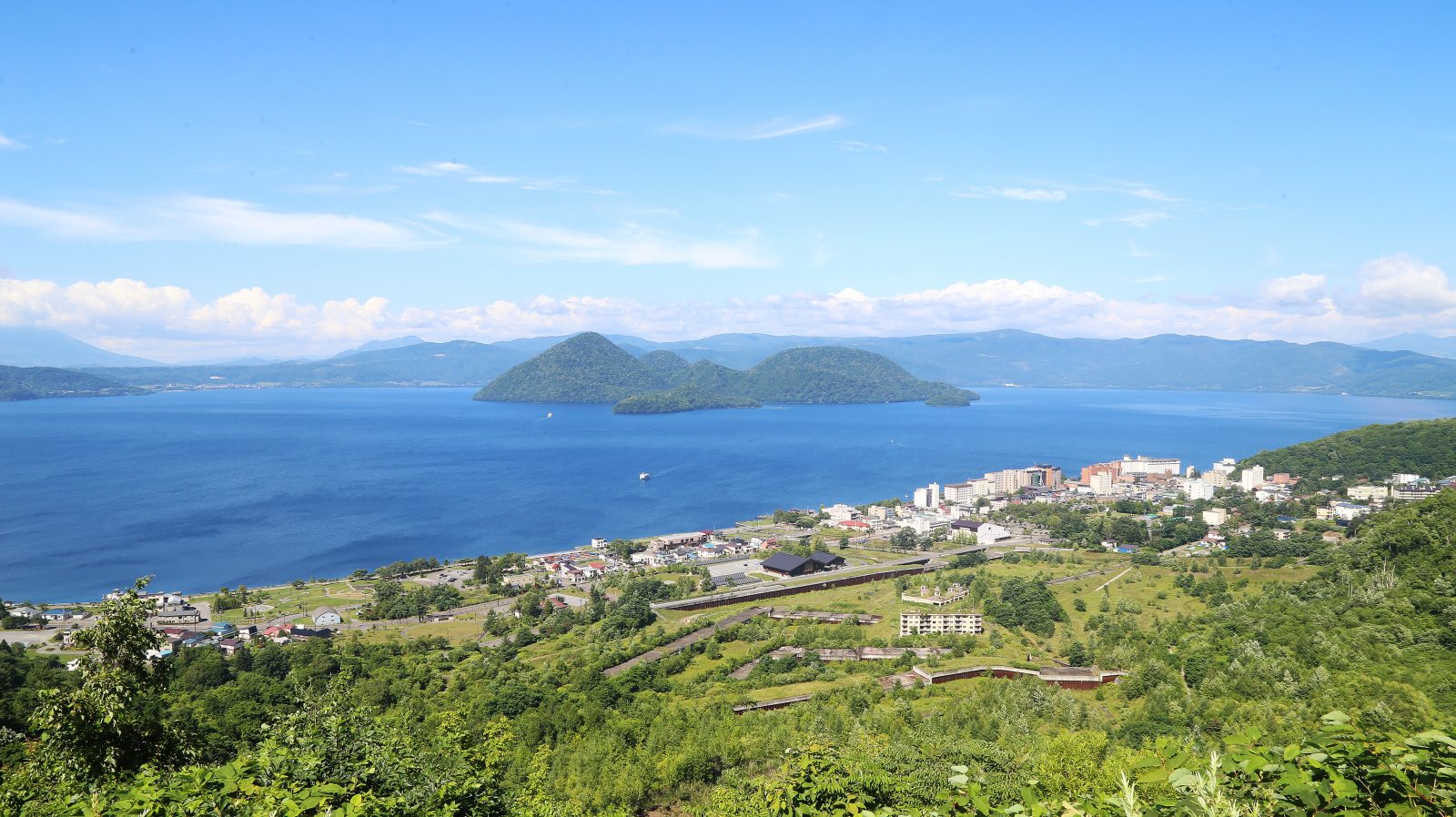
People in this area will have to keep thinking about how they can live with the volcano. To keep living here, they must prepare for eruption disasters. Therefore, it is essential that the Volcano Meister educates locals to mitigate natural disaster risk. We will explore Mt. Usu’s area that erupted in 2000. Mt. Usu is an active volcano that has been exploding in a cycle of decades, the most recent eruption being in March and April of 2000. The explosion created 60 new craters on the west side of the mountain and destroyed nearby buildings and roads, but miraculously there were no victims. We step into the limited area to see the scars of the volcanic activities.
In the morning, we will take unique walking trails called Konpira Crater Ruins Walking Trail and Nishiyama Crater Walking Trail. In this 3-hour walking, we can see how close Mt. Usu was and still is to the people’s lives by following the volcanic disaster’s scars that remain vividly visible on the area.
After a guided tour, we will get on a van for 30 min and head to a local restaurant located in the middle of farmland. All their organic vegetables grow up in their garden. The family owner cooked each vegetable as the right way to taste it. It will be a relaxing lunch after emotional walking in ruin site, so this is the perfect time to exchange what we learned and how we can live with volcanoes.
In the late afternoon, we will head back to the Lake Toya area and will take a cable car that goes up close to the Mt. Usu volcano’s summit. From there, we can get a great view of Mt. Showa Shinzan, is active volcanic lava dome created between 1943 to 1945 due to the Mt. Usu eruption. We also look at the area we will spend tonight and the route along the volcano bay (Funkawan Bay).
DAY 3
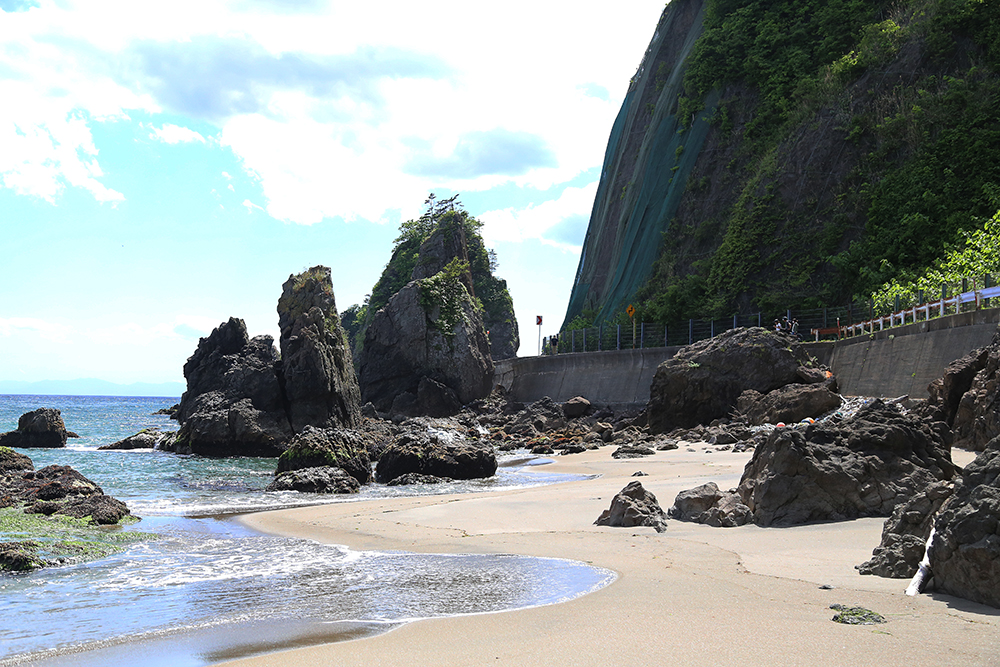
You may enjoy a peaceful morning walk on the beach before breakfast. Our day will start by visiting the local temple to learn about the eruption disaster in 1822. A priest will tell us what happened in this area, and it reminds us how important to pass on both the wisdom to mitigate a disaster and the memories of the eruptions in preparation for the next outbreak.
We get back to the road along the Funkawan Bay, characterized by its dynamic landscape with gigantic stones and cliffs created by past volcanic activities’ landslides. We head to Toyoura Indian Water Wheel Park. There, Ms. Tanaka, a local guide with rich knowledge of salmon, will introduce this system to catch salmons running the river up. Thanks to the rich nature from the volcanoes in this area, we can see many salmon swimming upstream in Autumn, and this is the perfect season to taste salmon dishes for lunch, as we will do.
After lunch, we head to “Kamuichashi”, which means “God’s Fort” in the Ainu language, by a short drive. Here we can feel the core of the Ainu culture and the geological connections that have been here for ages. We realize how long people around this region lived in harmony with volcanoes.
We move forward to Kuromatsunai, known as the northernmost limit of beech forest in Japan, and Utasai beech forest(Utasai buna rin) that was designated a national natural monument in 1933 for its high academic value. To get to know about this town, we will first visit a soybean shop (Tofu shop) whose owner has a strong vision that is not to waste any ingredients. We will know how this town attracts those people and how they live in harmony with nature more tomorrow. We will stay two nights at a local inn located in the center of this small town Kuromatsunai. Staying in the center makes it easy to walk to a local chicken skewer restaurant to get along with locals.
DAY 4
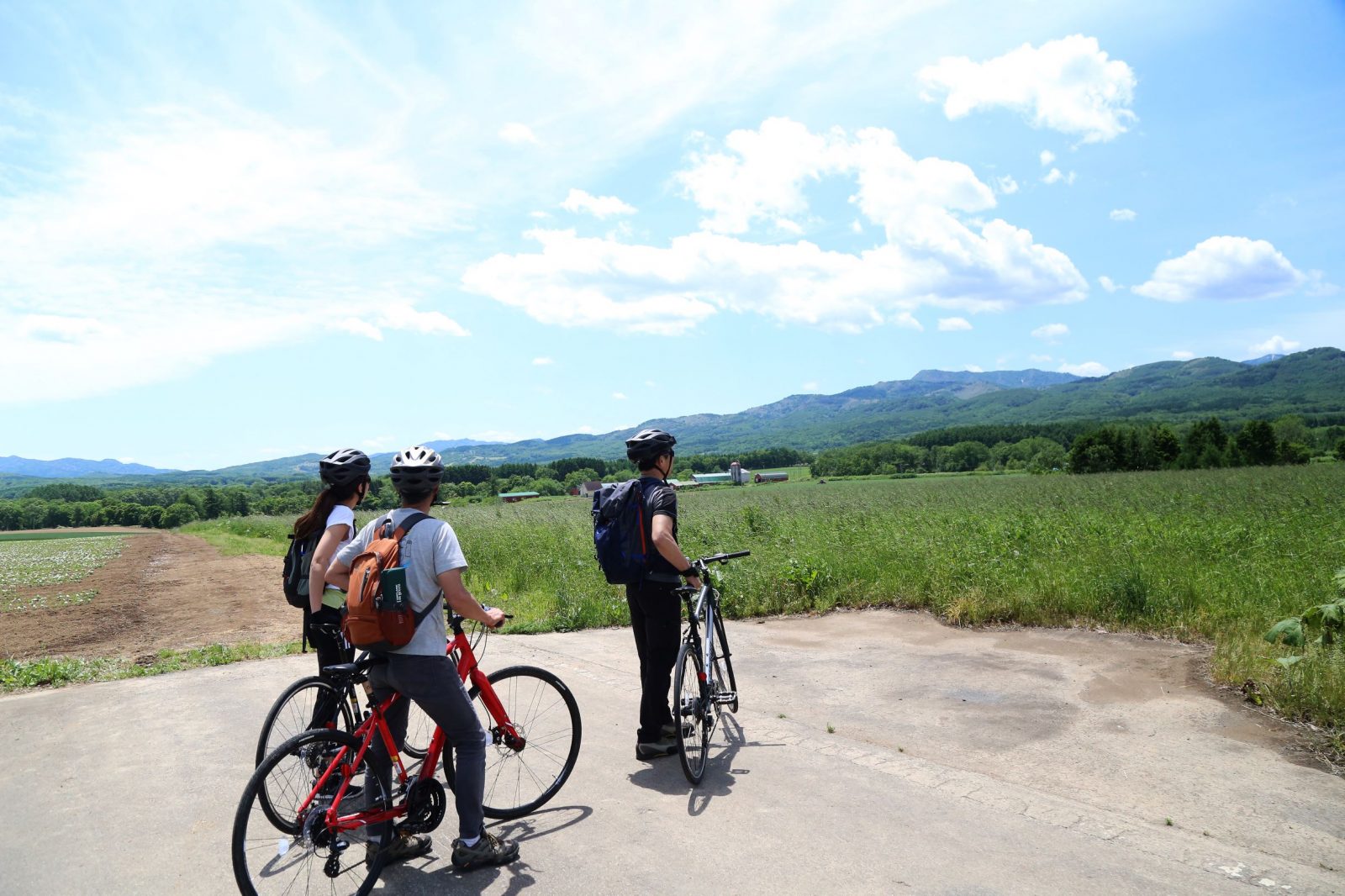
Our Kuromatsunai Town Exploration will start with 30min cycling tour to “Utasai beech forest(Utasai buna rin). ” The natural treasure Utasai beech forest is a highly valued forest that the people of the town have twice protected from being cut down. In these 3 hours of nature walking, you will know how locals conserved Utasai beech forest and how to live in harmony with nature.
After refreshing nature walking, we will cycle up to a local Japanese restaurant Wagatsuma which means “My dear wife.” Mother, a former farmer, and daughter run a Japanese-style creative dish shop centered on vegetables.
In the afternoon, we keep exploring this beautiful town by bike. Kuromatsunai is an eco-friendly town, and that attracts people outside of this town. The years go, the newer people move from other cities to start their new life and business. We will get an insight into life in Kuromatsunai to visit some of them.
Our last supper will be at our Ryokan inn. We will taste the sweetfish called “Ayu” in Japanese, it’s rare fish in Japan. The fish lives in the Shubuto River, which we will do canoeing tomorrow morning. Local volunteers protect sweetfish in the river, regarding this “Ayu” can be seen in this area. While having dinner with the locals, we will know how they protect the fish and how they live in harmony with this beautiful Kuromatsunai nature. Enjoy the unforgettable night with the locals.
DAY 5
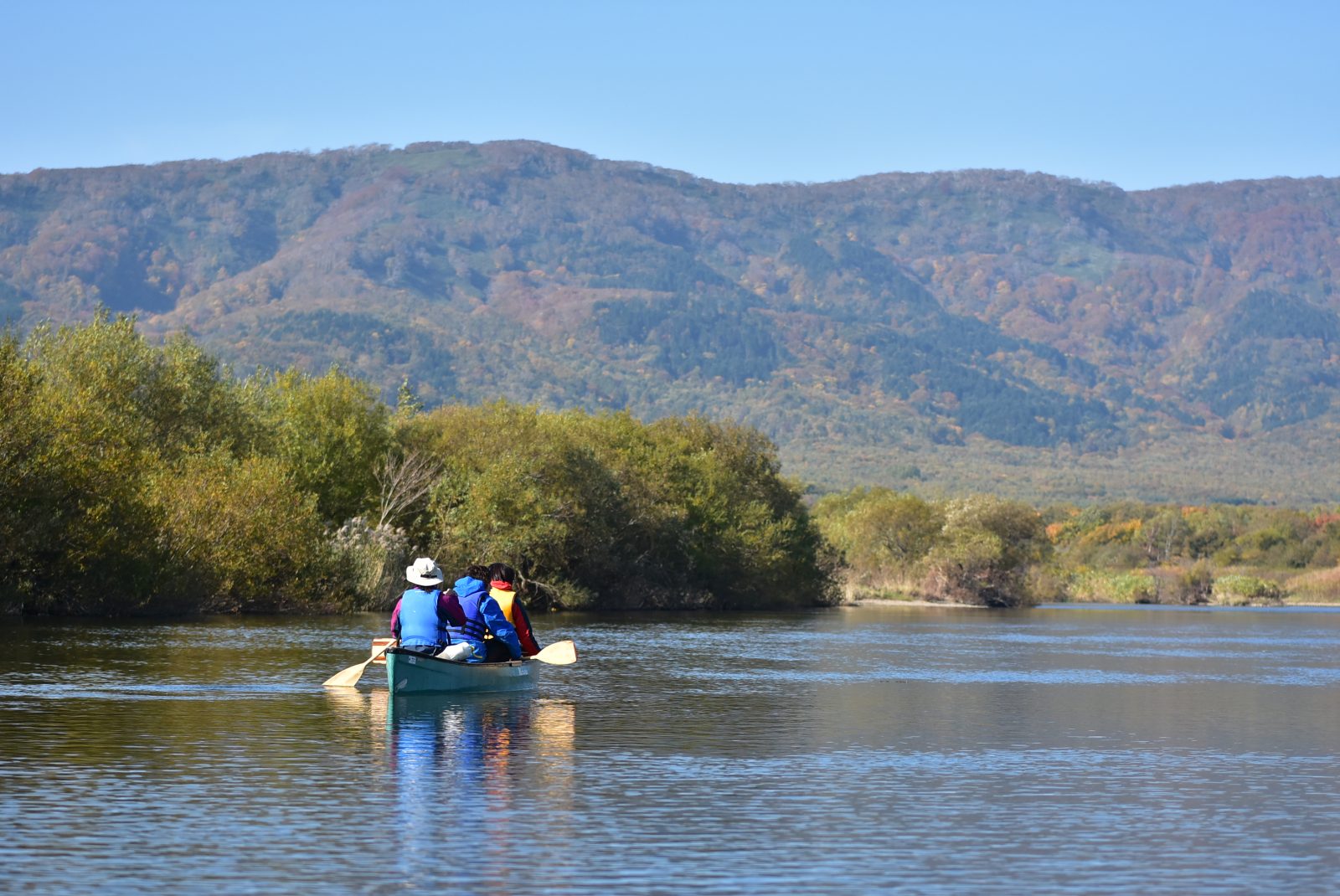
After breakfast, we will do easy cycling to a nature school called “Buna-no-mori Shizen Gakko” (a nature school with beech forests). The staff of this school highly value the Kuromatsunai nature compacted with the forest, river, and Sea in this small town. We will see how they approach it and educate visitors.
Keep cycling to Shubuto river for a short distance, and we will enjoy a one and half-hour canoeing tour. The Shubuto River has no obstruction in the main river, and it allows river fish that prefer to live in clear water swim up to headwaters. Sweetfish (Ayu) and landlocks masu trout (Yamame) are some examples of such fish. The Shubuto river is also scientifically interesting as it has vast biodiversity surrounded by beech forests.
Our last destination is Suttsu, a port town near Kuromatsunai. We will follow the Shubuto river to Suttsu down to the Sea of Japan by van for 30 minutes. The Shubuto river flows through the Kuromatsunai, brings nutrition into the ocean. The river nurtures the diverse ecosystem of Suttsu bay. We will be greeted by a local fisherman with fresh local seafood which he has caught in the morning. We will savor the gifts from volcanoes which is “ the richness of this ocean.”
After lunch, we will leave Suttsu around 2:00 pm and drive to Sapporo for about two hours. The tour will finish at around 5:00 pm, and we say goodbye.

